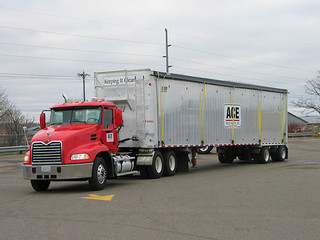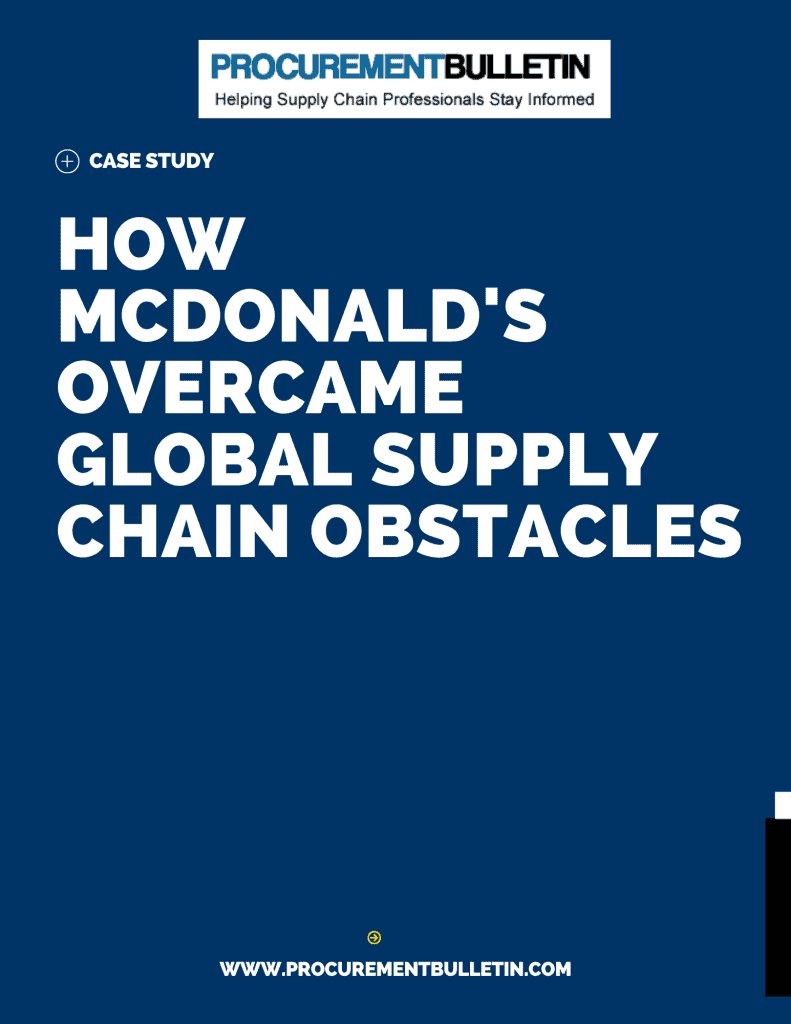Spot Freight Load Availability Rose in July for the First Time in Recorded History

Spot freight consists of shipments that fall outside an ordinary shipping contract. When shippers have loads not covered under carrier contract, they turn to a spot freight broker or a load board, which shops the shipment to carriers to find the most suitable vehicle and rate to make the shipment. Since spot freight load availability has been tracked, beginning in 1996, load availabilities generally decline from June to July by about 20 percent. This year, however, the market saw a jump of 3 percent, the first ever June to July gain.
When comparing July 2013 to July 2012, spot freight load availability has gone up a staggering 20 percent. The gains are in reefer (refrigerated trucks) and flatbeds only, however, as vans have seen a decline in spot freight load availability. Even though availability is up, rates are dropping. In July, prices for spot freight on flatbeds dropped 3.9 percent, while reefers rose just 2.3 percent and vans rose only 1.7 percent.
As soon as these positive numbers were released, however, load availability began to drop almost immediately. The week between July 28 and August 3 saw spot load availability drop 6.1 percent when compared to the previous week. Load to truck ratios for vans were up 11 percent, while flatbed ratios rose 2.1 percent and reefers gained a load to truck ratio of 6.3 percent.
Rates for freight are up for flatbeds by .9 percent from the previous week, with an average price of $2.20 per mile. Reefer rates rose 2.2 percent to an average of $2.18, while vans saw a drop in price of .5 percent to an average of $1.84.
These numbers were reported by DAT, one of the largest load boards in the industry. DAT releases numbers for the spot freight industry once per week.





